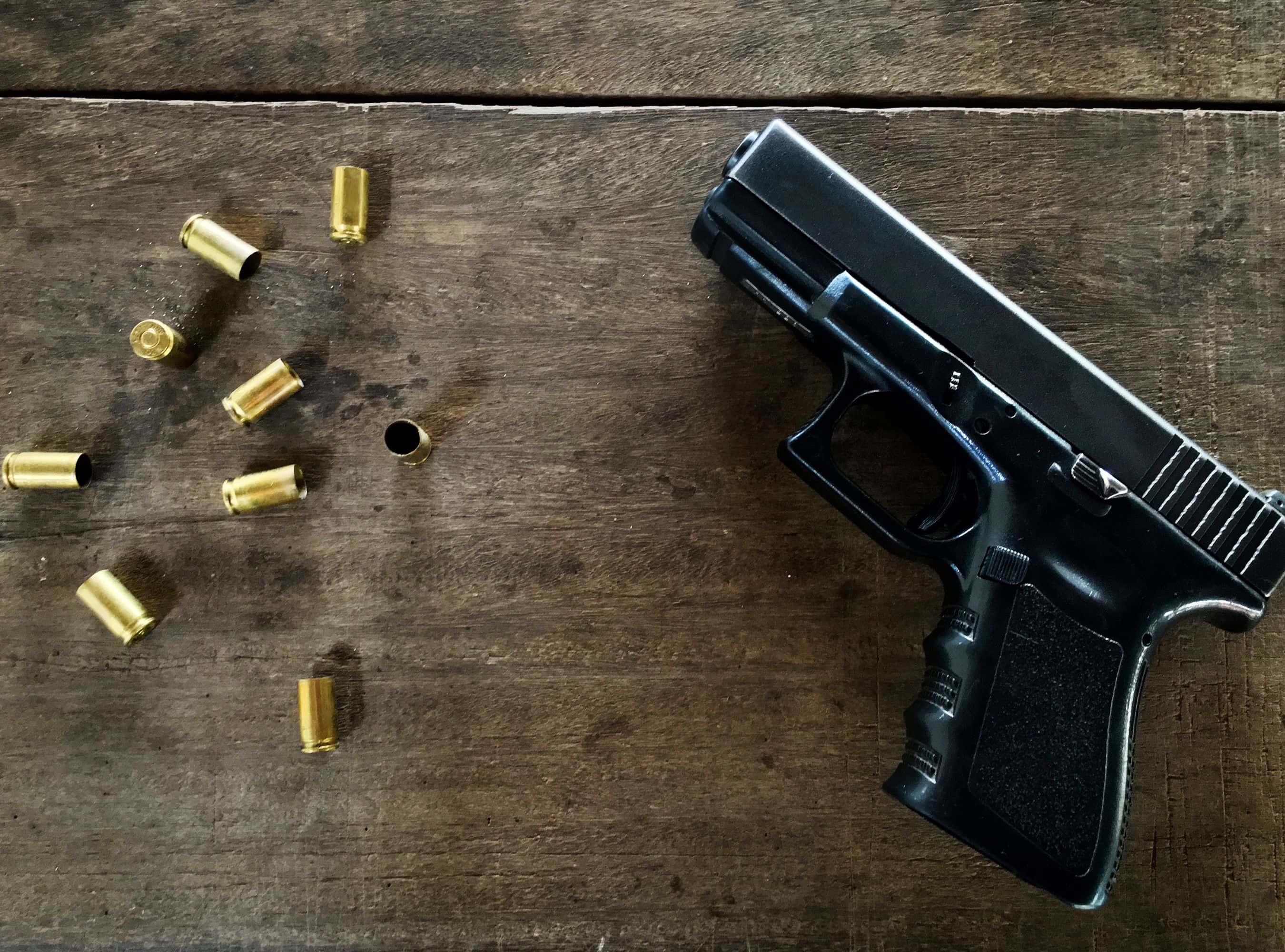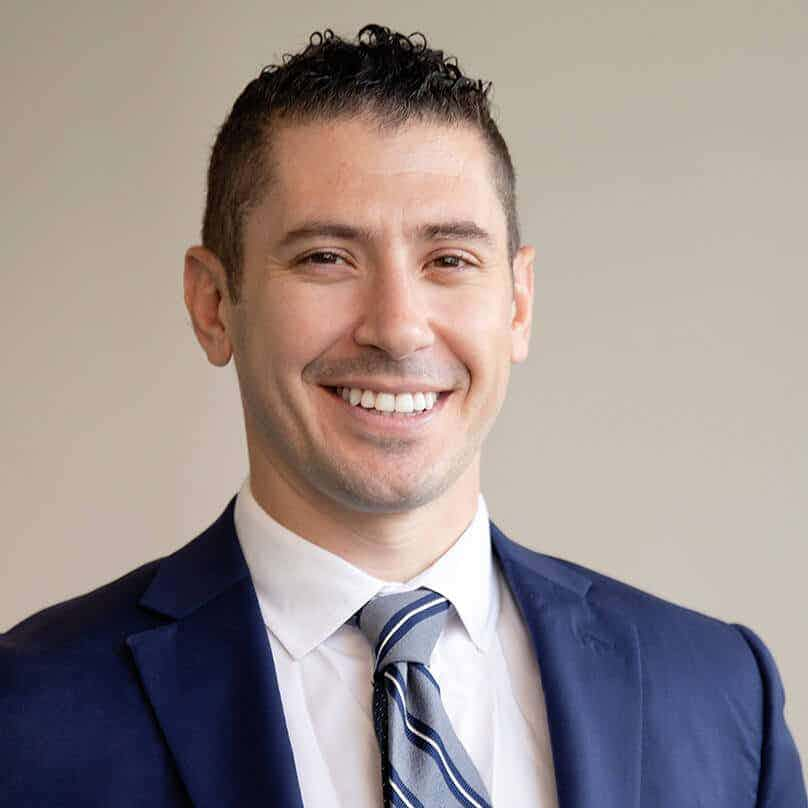Court: United States District Court for the Eastern District of New YorkJurisdiction: FederalCase Name: United States v. ShippCitation: 2019 U.S. Dist. LEXIS 205397
Firearms expert witnesses are permitted to use toolmark analysis and discuss such methodology, however, they are not permitted to reach definitive conclusions using such methodology.
Facts
An unnamed individual was shot in Queens, New York, after which he ran for some distance before collapsing. Video footage showed a gunman approached the victim, pulled an object out from the waist of his pants, pointed that object at the victim, and walk away. A person wearing similar clothes as the alleged gunman was caught on camera outside a store about two blocks from where the John Doe was found. The shop owner found a 9mm handgun lying in a dumpster outside his shop, which had ten unused rounds in the magazine, and a spent shell casing stuck in the handgun’s ejection port.
The NYPD studied evidence collected from the crime scene, including the shell casings and bullet fragments. The Forensics Analysis Team of the NYPD analyzed this evidence and arrested and charged the defendant with possession of the firearm in question.
The Firearm Expert Witness
The firearm expert witness was a detective who had worked in the NYPD since 1999. He had served as a Detective 3rd Grade since 2012. He also worked at the NYC Police Laboratory in the Firearms Analysis department examining and evaluating the functionality of 1,500+ firearms as well as analyzing several thousand ballistic evidence pieces with a microscope. The firearm expert witness trained in toolmark analysis, completed the NYPD Firearms Examiner Training Program, and served as an instructor of proper ballistic examination procedure. Toolmark identification relies on the principle that any two manufactured products bear marks that could be differentiated under a microscope. In firearm analysis, these tool marks get transferred to a shell casing or bullet surface when the firearm is discharged.
The firearms expert first examined one cartridge casing and two bullet fragments, which were recovered from the scene of the crime. This initial examination showed that microscopic comparison suited one of the fragments and the casing. However, there were no discernible characteristics in the second fragment. The provenance of these pieces of evidence was not indicated in his notes. The firearms expert then examined four more fragments that were found in the victim’s body. He determined them to be suitable for comparison but did not compare them.
The firearms expert also test-fired the weapon recovered from the scene and examined four bullets and a casing. He compared the test-fire results to the fragments and casing found at the crime scene. The expert then came to the conclusion that the recovered firearm was responsible for the cartridge casing recovered from the scene of the crime. This conclusion relied on agreement observed in their individual and class characteristics. Identical reasons led him to conclude that the bullet fragment also came from that firearm. However, the firearms expert witness did not provide any further information regarding the marks on which he had depended on to determine the agreement of individual characteristics.
Discussion
The parties agreed that expert testimony based on firearms toolmark analysis had never been excluded in its entirety. In order to overcome this case law, the defendant relied primarily on a report by the President’s Council of Advisors on Science and Technology Advisors, which assessed the scientific literature on the use of firearms toolmark analysis and found that the method lacked fundamental scientific validity.
The court carefully weighed the report, the earlier National Research Council Report, certain credible scientific publications, and relevant case law, and ascertained that the firearm expert witness could testify as an expert in the field of toolmark analysis of firearms.
However, because of the doubts cast on the reliability of toolmark analysis by the findings of the PCAST Report, the firearm expert witness could not testify that the shell casing and bullet fragment came from the recovered firearm. He was, however, permitted to testify that the possibility could not be ruled out.
Moreover, the firearms expert witness was allowed to testify about his methodology for determining whether the fragment and casing originated from that firearm.
Held
The defendant’s motion to exclude firearm expert witness testimony was granted in part and denied in part.
About the author
Zach Barreto
Zach Barreto is a distinguished professional in the legal industry, currently serving as the Senior Vice President of Research at the Expert Institute. With a deep understanding of a broad range of legal practice areas, Zach's expertise encompasses personal injury, medical malpractice, mass torts, defective products, and many other sectors. His skills are particularly evident in handling complex litigation matters, including high-profile cases like the Opioids litigation, NFL Concussion Litigation, California Wildfires, 3M earplugs, Elmiron, Transvaginal Mesh, NFL Concussion Litigation, Roundup, Camp Lejeune, Hernia Mesh, IVC filters, Paraquat, Paragard, Talcum Powder, Zantac, and many others.
Under his leadership, the Expert Institute’s research team has expanded impressively from a single member to a robust team of 100 professionals over the last decade. This growth reflects his ability to navigate the intricate and demanding landscape of legal research and expert recruitment effectively. Zach has been instrumental in working on nationally significant litigation matters, including cases involving pharmaceuticals, medical devices, toxic chemical exposure, and wrongful death, among others.
At the Expert Institute, Zach is responsible for managing all aspects of the research department and developing strategic institutional relationships. He plays a key role in equipping attorneys for success through expert consulting, case management, strategic research, and expert due diligence provided by the Institute’s cloud-based legal services platform, Expert iQ.
Educationally, Zach holds a Bachelor's degree in Political Science and European History from Vanderbilt University.



